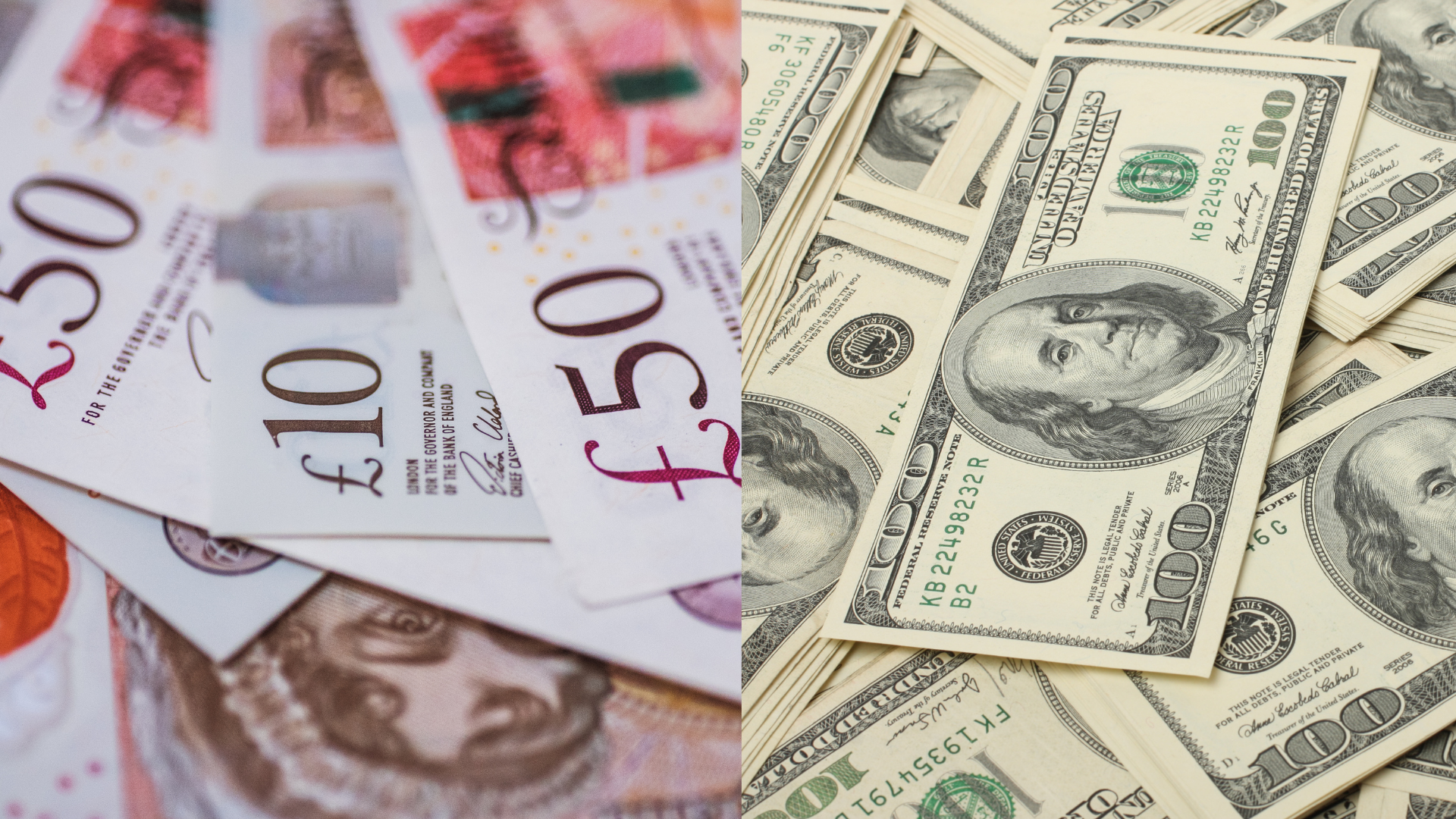The British pound held steady around 1.2500 against the US dollar, as investors remained cautious amid growing speculation that the Bank of England (BoE) could adopt a more dovish stance in the coming months. The pair struggled to find direction, with traders weighing soft UK economic signals against broader dollar movement.
The US dollar remained firm, supported by steady Treasury yields and lingering expectations that the Federal Reserve will keep rates elevated for longer. Despite recent signs of cooling inflation, markets continued to price in a higher-for-longer rate outlook, which has kept pressure on risk-sensitive currencies like the pound.
Meanwhile, BoE policymakers have signaled growing concerns over slowing UK economic growth, raising expectations that the central bank may pause or even pivot toward rate cuts sooner than expected. This shift in sentiment has capped upside potential for the pound, even as inflation remains above target.
Looking ahead, traders will monitor upcoming UK GDP data, along with any fresh BoE commentary, for clues on whether policymakers will hold rates steady or shift toward easing. In the US, inflation figures and Fed speeches will be key in determining the next move for GBP/USD.
For now, the pound remains vulnerable, with dovish BoE expectations limiting its strength. If UK economic data weakens further, GBP/USD could face renewed downside pressure, particularly if the Fed maintains its hawkish tone.













